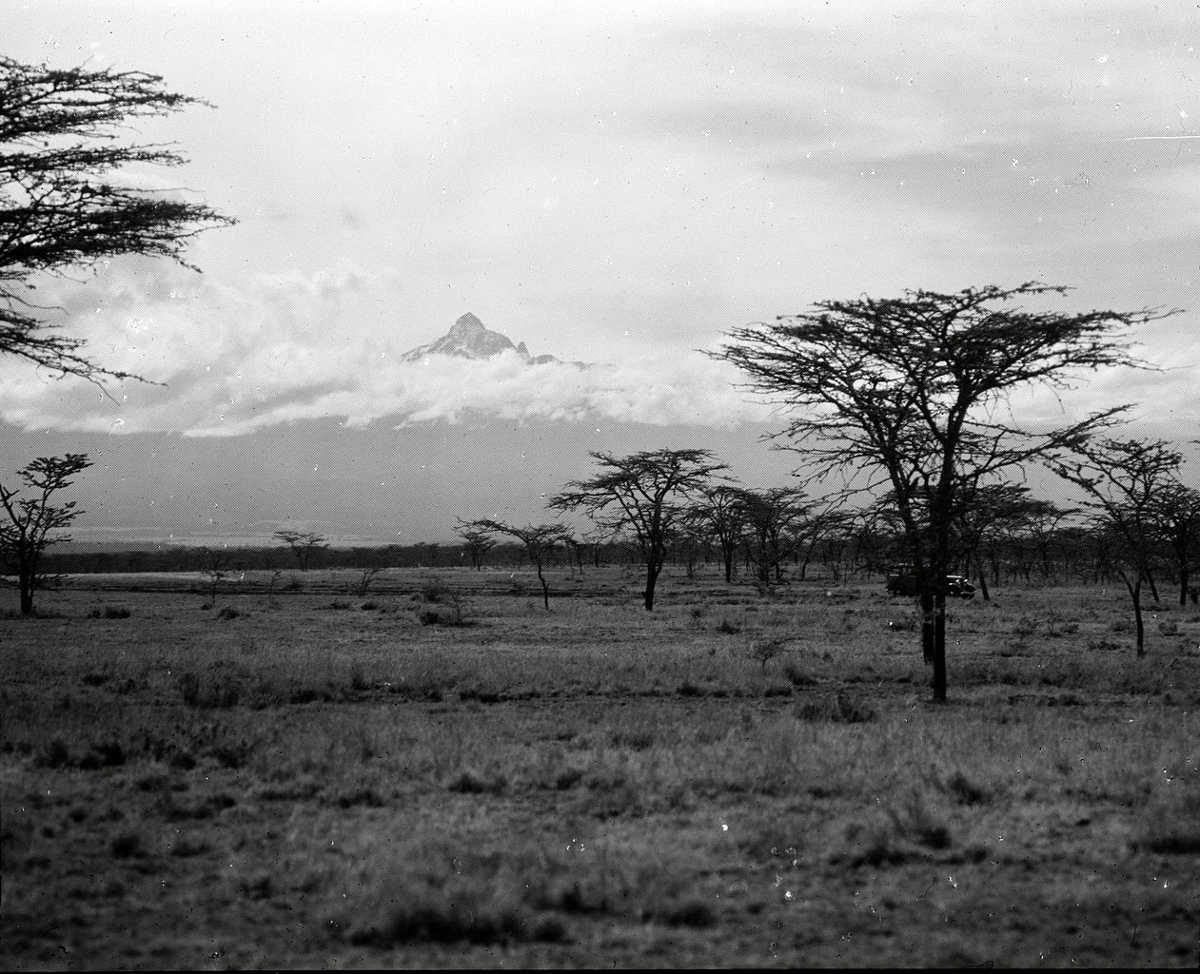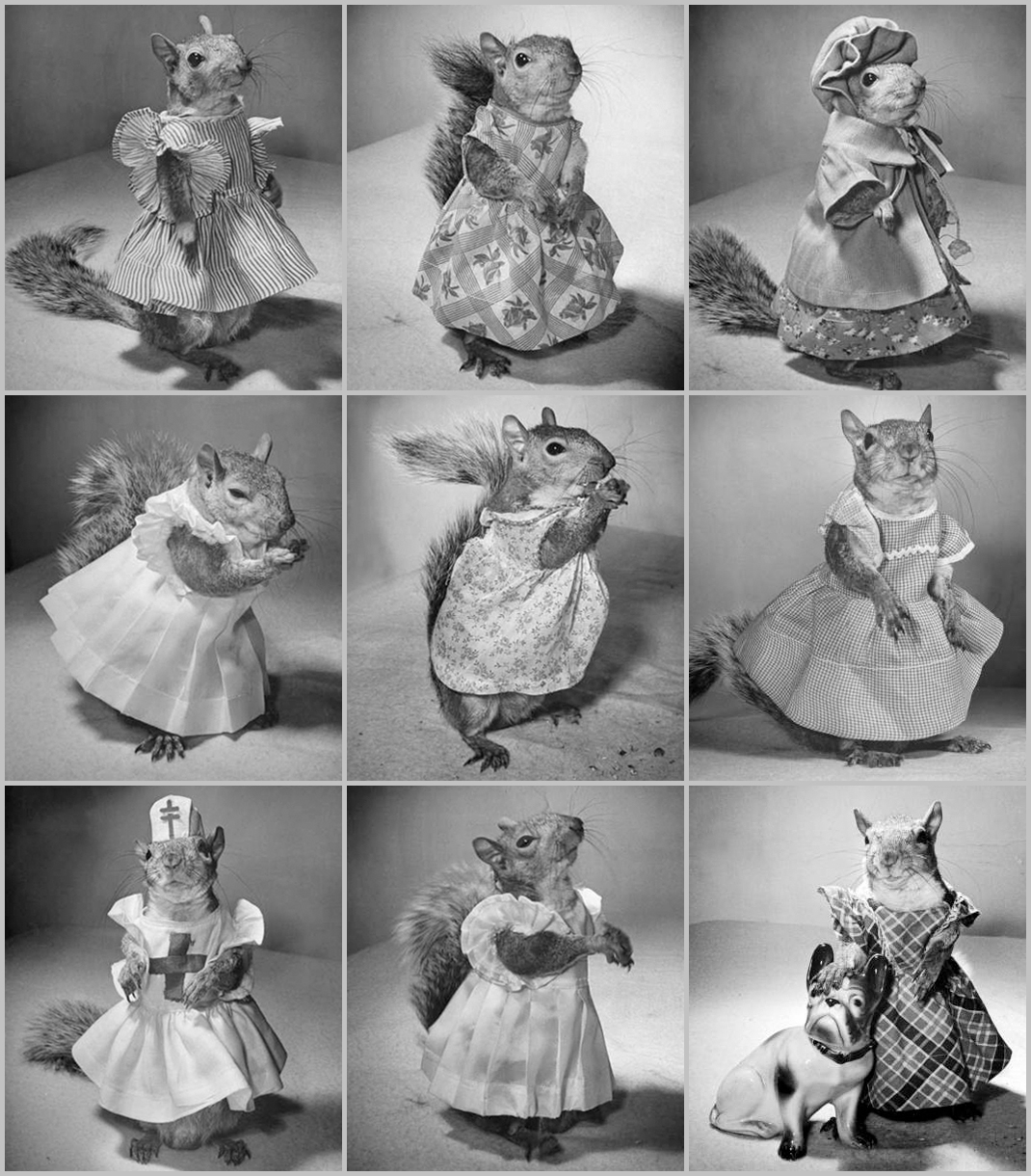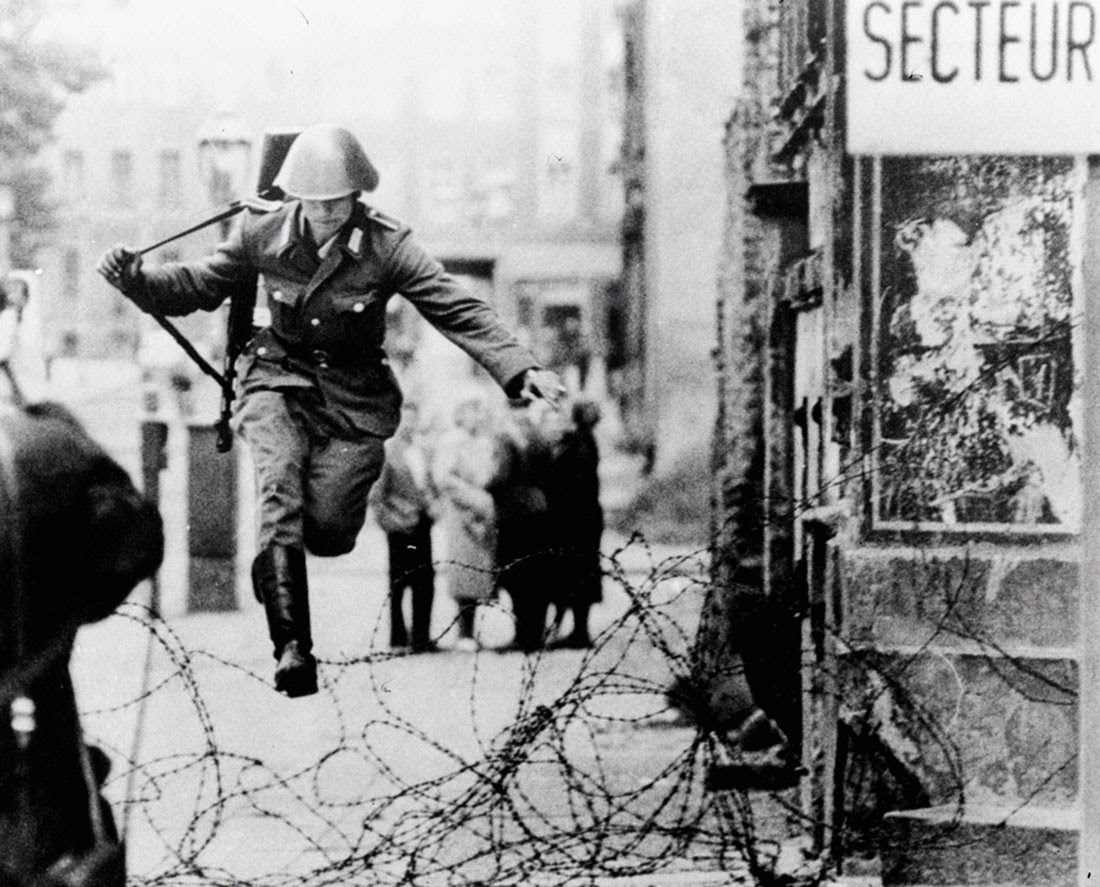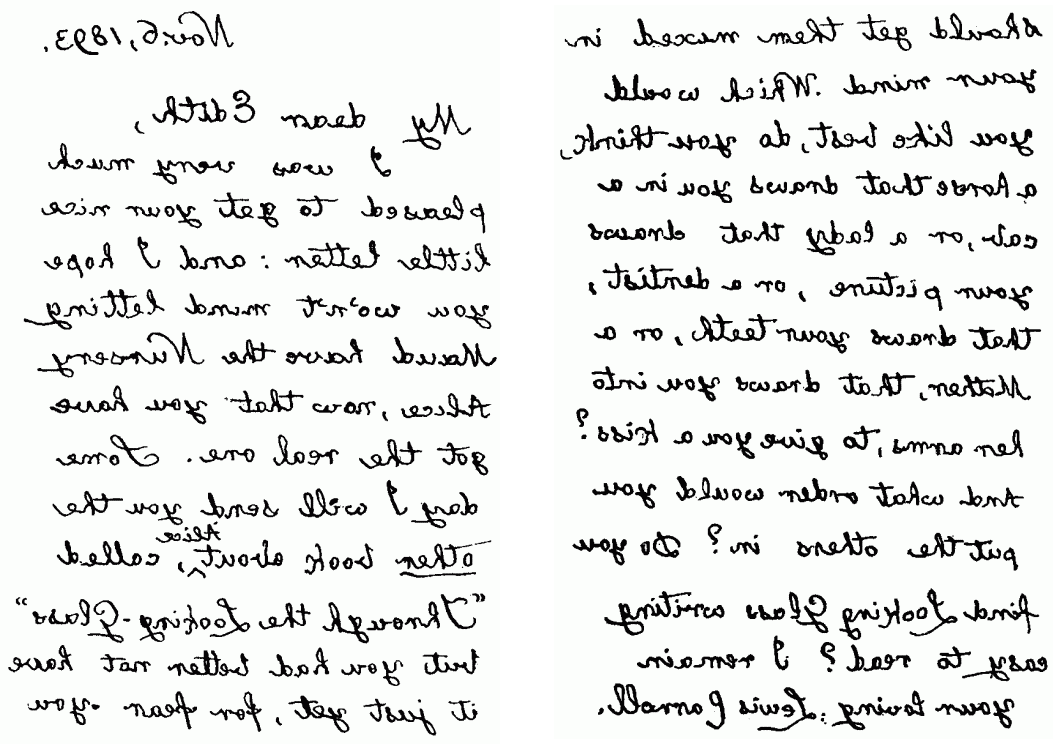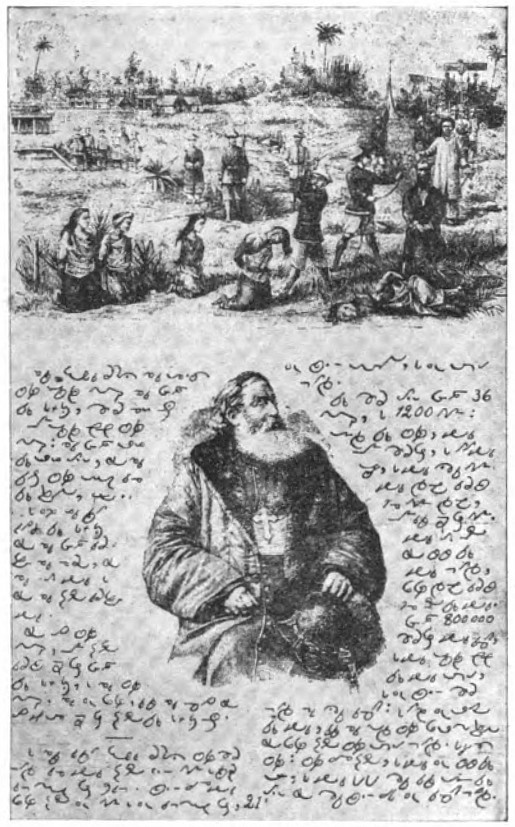Since it’s deliberately constructed, Esperanto doesn’t have the complex history of a natural language. But we can invent one! Manuel Halvelik created “Arcaicam Esperantom,” a fictional early form of the language akin to Old English. Here’s the Lord’s Prayer in standard Esperanto:
Patro nia, kiu estas en Ĉielo,
Estu sanktigita Via Nomo.
Venu Via regno,
Plenumiĝu Via volo
Kiel en Ĉielo, tiel ankaŭ sur Tero.
Al ni donu hodiaŭ panon nian ĉiutagan,
Kaj al ni pardonu niajn pekojn
Kiel ankaŭ ni tiujn, kiuj kontraŭ ni pekas, pardonas.
Kaj nin ne konduku en tenton
Sed nin liberigu el malbono.
Amen.
And here it is in Halvelik’s “archaic” form:
Patrom nosam, cuyu estas in Chielom,
Estu sanctiguitam Tuam Nomom.
Wenu Tuam Regnom,
Plenumizzu Tuam Wolom,
Cuyel in Chielom, ityel anquez sobrez Terom.
Nosid donu hodiez Panon nosan cheyutagan,
Ed nosid pardonu nosayn Pecoyn,
Cuyel anquez nos ityuyd cuyuy contrez nos pecait pardonaims.
Ed nosin ned conducu in Tentod,
Sed nosin liberigu ex Malbonom.
Amen.
Here’s Halvelik’s full description (PDF, in Esperanto).

